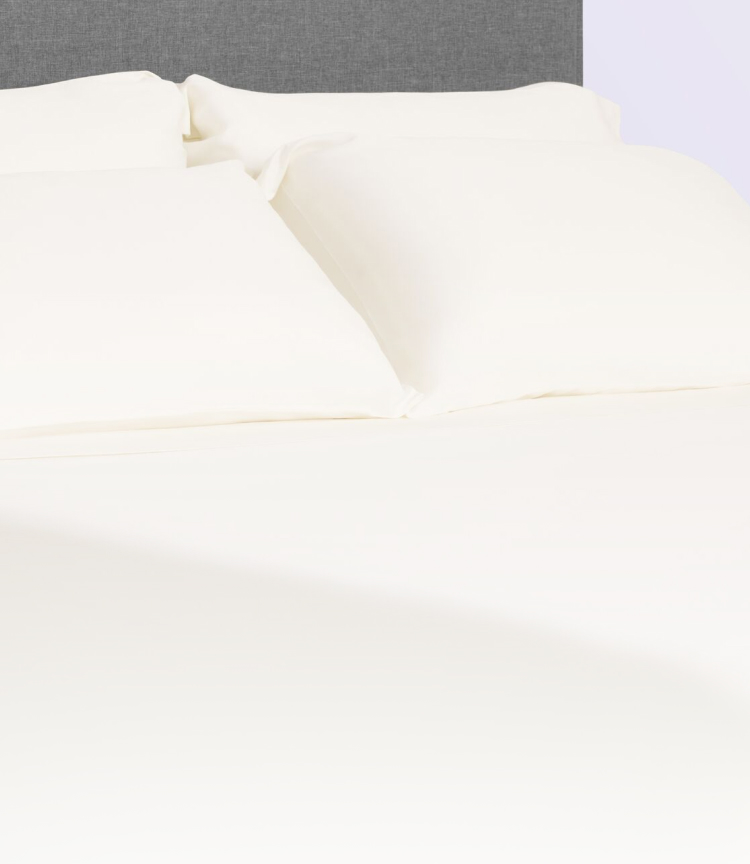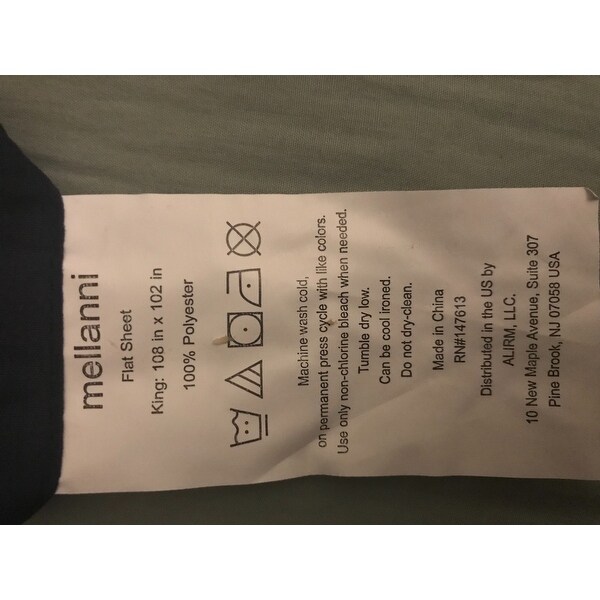
Warm is a happy medium-but you should still separate your clothes to prevent colors from crossing over. Just remember, hot water can cause clothes to shrink and cold water doesn’t always get deep-set stains out. Got it! But What About the Temperature Settings?Ī good rule of thumb is that hot is best for whites and cold is best for colors. In that instance, just set the timer to delay start and, bada-bing, your clothes will be clean and ready right when you walk in the door. There are only so many hours in the day and sometimes you have time to load the washer now but won’t be back in time to move your wet clothes over to the dryer the second it’s done. As you may have guessed, it tacks an extra rinse cycle onto the end of your regular wash to ensure any excess dirt or detergent is totally cleared out, leaving fewer irritants behind.
PERMANENT PRESS SHEETS SETS SKIN
If you or a family member have sensitive skin or you’ve suddenly discovered you accidentally picked up a scented version of your usually fragrance-free detergent, this setting will be a major helper. It uses cold water and is best for clothing labeled “hand wash” (or sometimes even “ dry clean”). This is different from the delicates setting in that it stops and starts with periods of soaking in-between, in an effort to mimic washing clothes by hand. It uses cold water and a short, slow cycle that’s great for soft sweaters, lingerie and other fragile items. On the opposite end of the washing spectrum, the delicate setting does exactly what its name suggests-it’s gentle enough for delicate fabrics without damaging, warping or shrinking them. In those instances, try hand washing or pre-rising to get rid of as much dirt as possible before running them on normal. Just one note: Delicate fabrics and some high-tech workout clothes may not be able to handle the heat. It uses hot water, an extra-long cycle and high-speed tumbling to really give clothes a good scrub. A quick wash typically takes just 15 to 30 minutes and spins your clothes faster, which means less drying time after they’re done.Īlmost any stain remover will suggest you pre-soak your clothes before tossing them in with your regular wash, but did you know your machine can actually handle this step for you? Yup, rather than letting things soak in your kitchen sink for 20 minutes you can simply rub a stain remover into the fabric, toss it in the washer, pour your detergent in the tray (not directly into the basin) and hit this button.Ĭontrary to what you might think, this setting isn’t intended for heavy duty fabrics like towels or comforters, but for tackling dirt, grime and mud, instead. This is best for when you’re in a hurry or only need to wash a small or lightly soiled load (i.e., you completely forgot your favorite pair of jeans and blouse were dirty and you really want to wear them for your date tonight). It uses hot water and a strong tumbling speed to give clothes a deep clean and to remove dirt and grime. It’s best for all your basics, like T-shirts, jeans, underwear, socks, towels and sheets. This is likely the most often used/needed option on your machine. You can also find a permanent press setting on your dryer, which uses medium heat and a nice long cool down period to, again, keep those wrinkles at bay. The milder temperature is also ideal for keeping colors nice and bright, since hot water can cause fading.

Warm water relaxes the existing creases while a slow spin helps keep new ones from forming as your clothes dry.

(Yup, yet another reason you should be checking that care label.) Your washer does this by using warm water and a slow spin cycle.

Unsurprisingly, it works best with clothes that are labeled permanent press. The permanent press setting is intended to wash your clothes while causing minimal wrinkling.


 0 kommentar(er)
0 kommentar(er)
